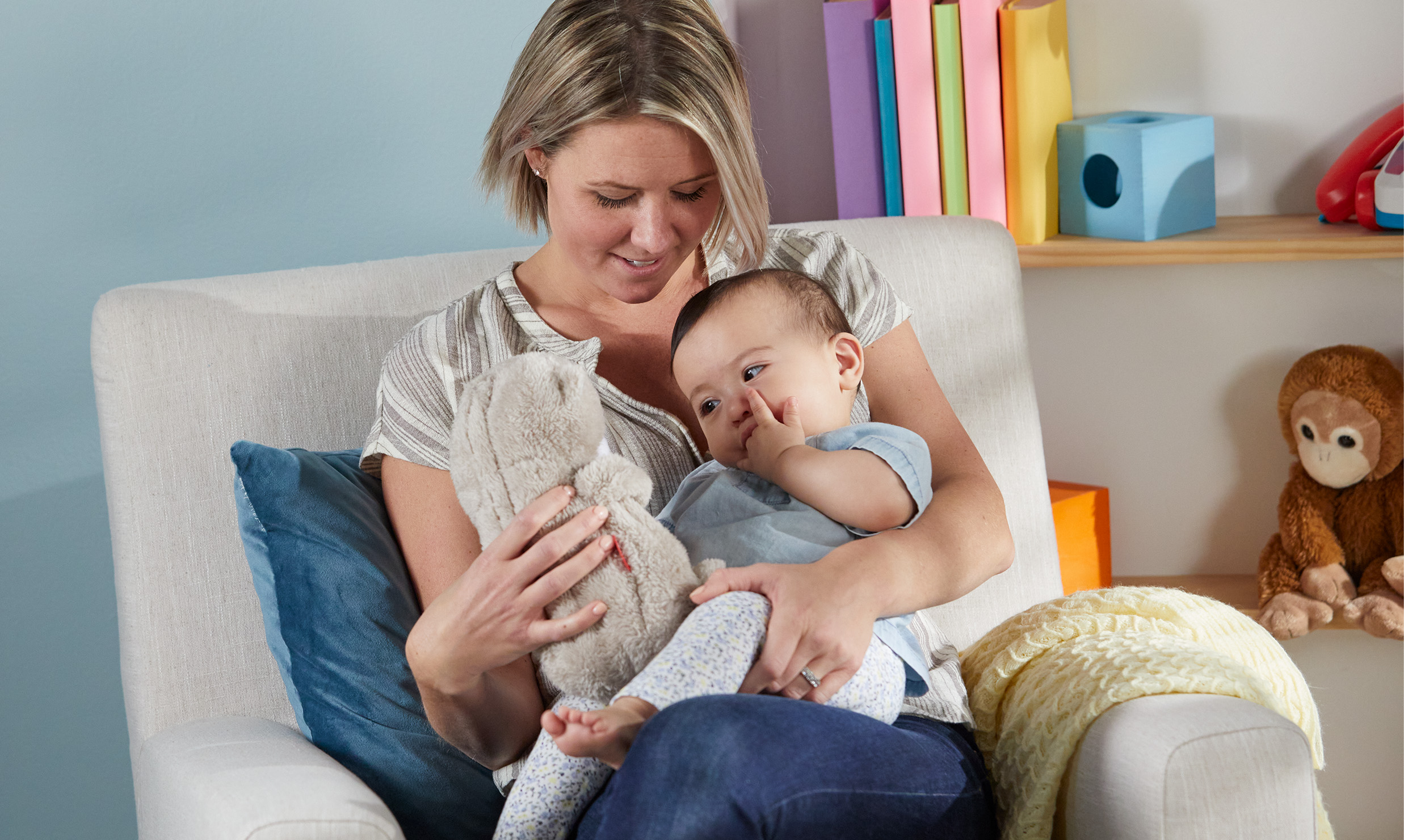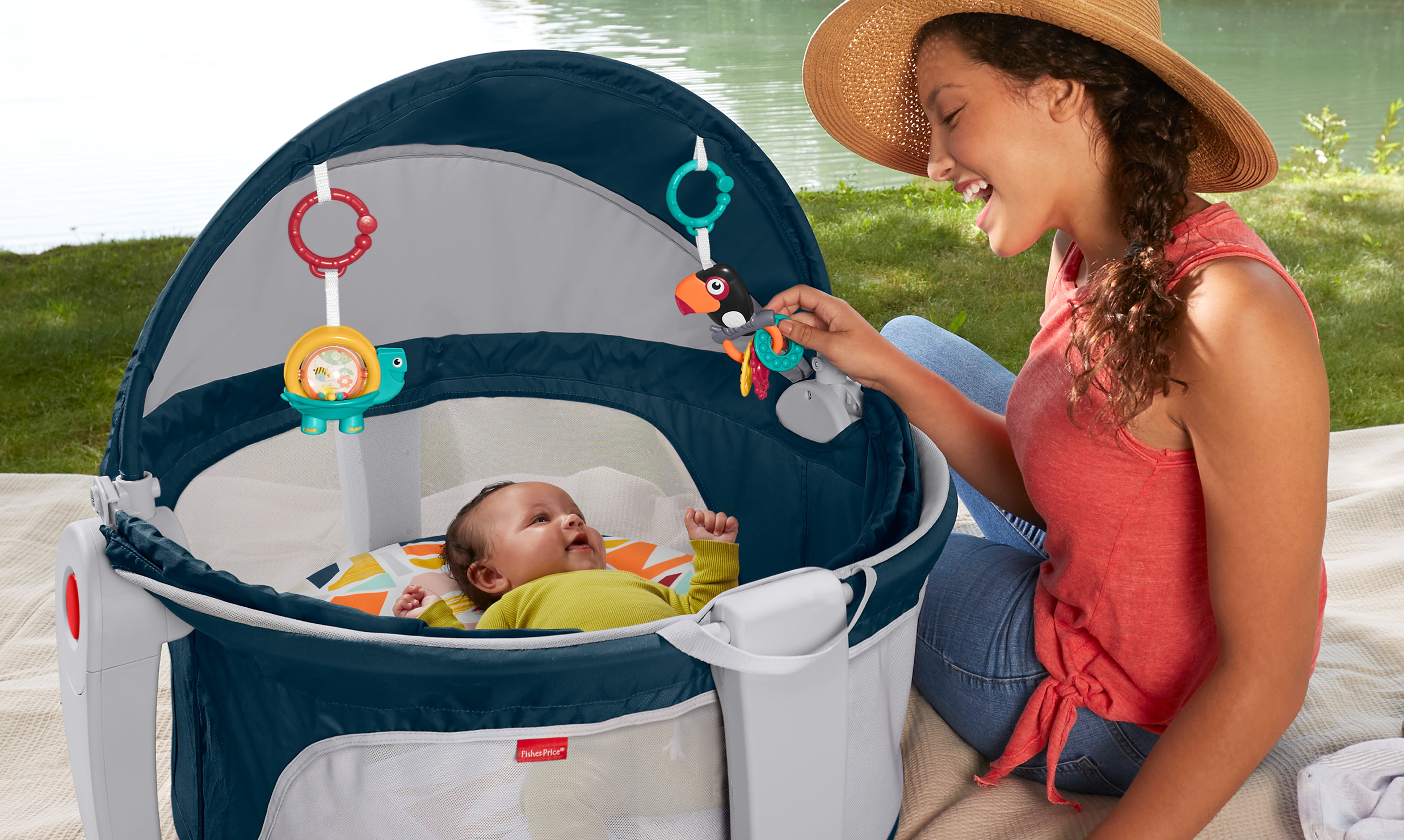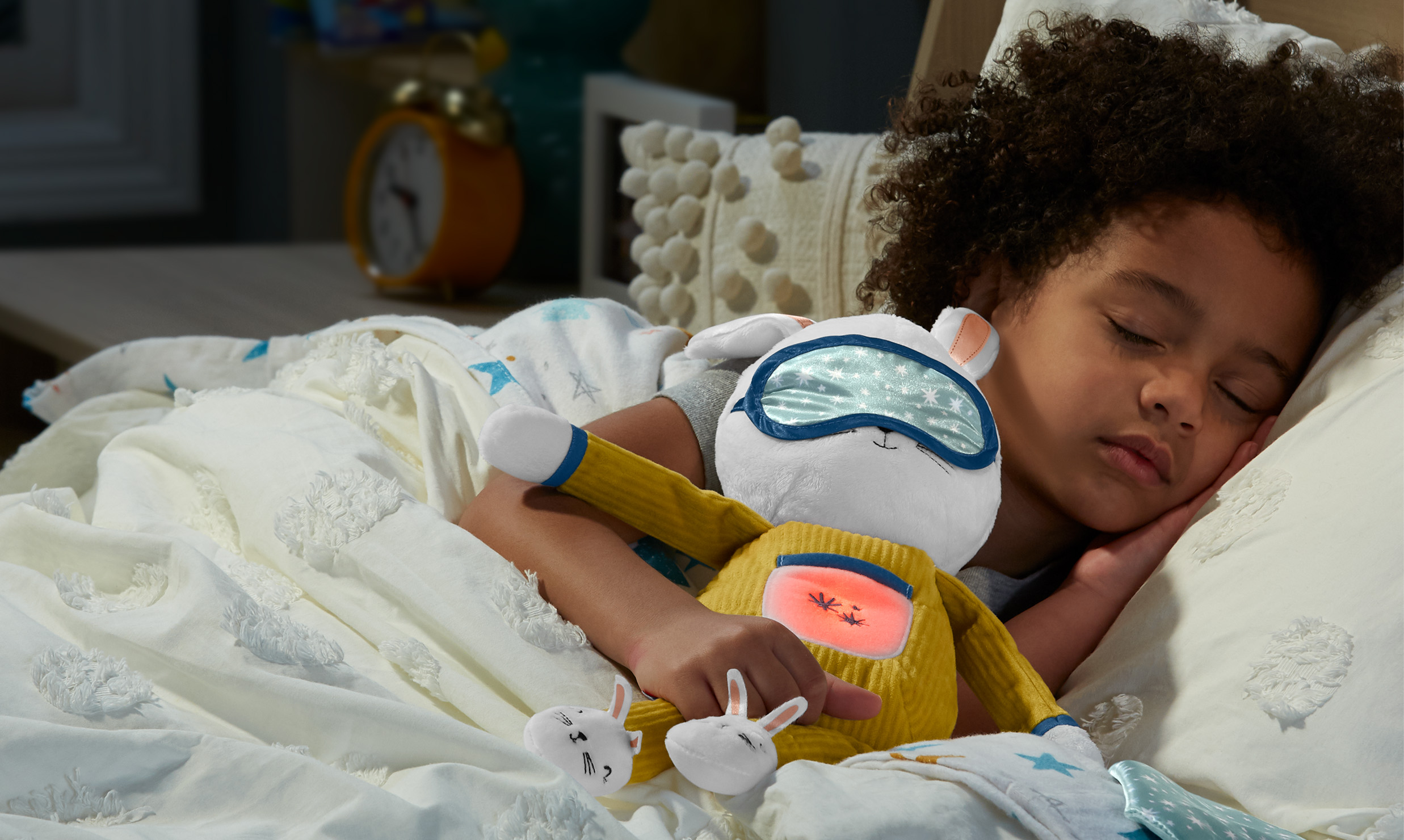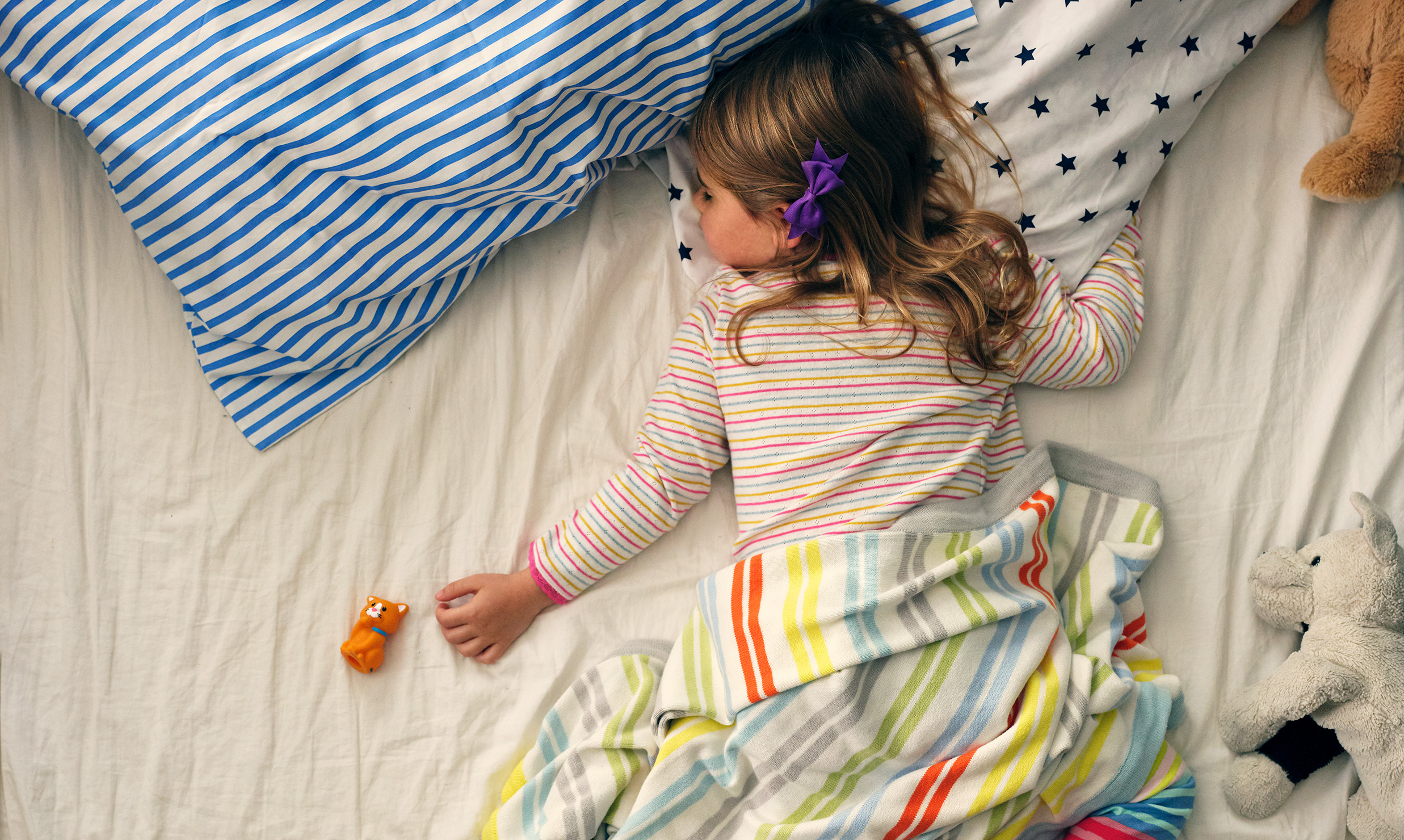Napping: From Baby to Big Kid

Just put them down for a nap. It sounds so simple. But when you’re a parent, naps can be pretty complicated. There are routines to follow and schedules to keep. You’ll wonder if your newborn is sleeping too much or your toddler isn’t napping enough. It can feel like you’re fighting a losing snoozing battle, but help is out there. Actually, help is right here. We’ve got some need-to-know tips, scheduling tricks, soothing solutions and great gear to help you navigate all the nuances of napping.
Newborns: How much sleep should they get?
When you don’t know the difference between day and night, you sleep a lot. In fact, newborns can sleep up to 17 hours a day – for anywhere from 20 minutes to 3-hours at a time. It’s totally normal, and it’s totally important (it’s when they do most of their growing). So, go ahead and let them sleep. And when you’re looking for a cozy, safe place for them to do all that daytime dozing, think outside the crib. Our bassinets are perfect portable napping spots for them (letting them stay close to you).
2 months old: Let the nap time routines begin.
By around 8 to 12 weeks of age, babies start staying awake longer during the day and sleeping a little more at night. This is your sweet spot for building a nap time routine.
- Close the curtains
- Read a book
- Talk in a quiet, soothing voice
- Use a soother to put on calming lights and music
Like a bedtime routine, but shorter.

Their sleep window is open – don’t miss it!
Have you noticed that if you delay putting your baby down for a nap, they may fight sleep and become very overtired? That’s probably because they missed their sleep window—the sensitive time right before falling asleep.
Look for signs of sleepiness:
- Crankiness
- Redness around their eyes, eyebrows or blotchy cheeks
- Breaking off eye contact & staring into space
- More tension in their body
- Getting fussier & hard crying
Follow your baby’s cues. ‘Cause missing that sleep window makes it even harder, if not impossible, to fall asleep. And that’s when you get an overtired, unhappy baby.
Infants: You’re on your big baby’s schedule now
By the time your little one is about 3 months old, they’ll transition from newborn to baby sleep cycles, and naps will become more predictable. So instead of taking 3-6 naps per day, they may take 3-4 naps. As your baby grows up, naps may go down from 2-3 naps per day (at 6-9 months old) to one nap per day (at 12-18 months).
But – and we can’t stress this enough – stick with your sleep schedule. One missed nap can throw off the whole day. So even if you’re visiting family, taking a day trip or just hanging out in the backyard, keep your baby’s sleeping schedule by bringing along a portable sleep spot like an On-the-Go Baby Dome.

How many naps should they take and how long should they be?
Here’s a sleep cheat sheet:
- 4-6 months old: 3 naps for a total of 3-4 hours
- 6-12 months old: 1-2 naps for a total of 2-3 hours
*If your baby’s snoozes turn to catnaps (20-30 minutes), you can drop the third nap (or second for older babies).
Eliminating your baby’s third nap takes a little planning. When your little one is ready, try moving the first and second nap a few minutes later each day, until you are on a two-nap-a-day schedule. A morning nap a few hours after waking up, eating and playing. Then, an afternoon siesta after lunch to recharge before more playing, dinner, bath and story time.
Toddlers: Sleep training for a new age
The bigger they get, the less they sleep during the day. Toddlers usually take one longer nap in the afternoon. This gives them time to recharge their batteries and give you a little downtime, too.
Just remember to plan your nap transitions. Try moving morning naps a few minutes later each day until your tired tot is going down around 11:30am or after lunch. Of course, now that they’re in a big kid bed, it might be tougher to keep them from getting up. This is when sleep-training soothers can become nap-savers. Calming tunes and a relaxing light show help switch them from go mode to rest mode and help them learn to self-soothe.

Preschoolers: It’s the end of naps as you know it
If your big kid misses nap time but isn’t melting down, they might be ready to phase out their afternoon snooze session. By preschool age, your child may not doze off during the day but can still benefit from quiet time.
Rest & read or relax with a favorite show. The downtime will help them reenergize before an afternoon of more playtime. And even if they don’t fall asleep, you can still sneak in some extra snuggles.

Happy napping!
Starting a routine for napping from an early age helps older babies and kids transition to new schedules. And a good nap or rest during the day sets everyone up for the most important part of the day – bedtime!













